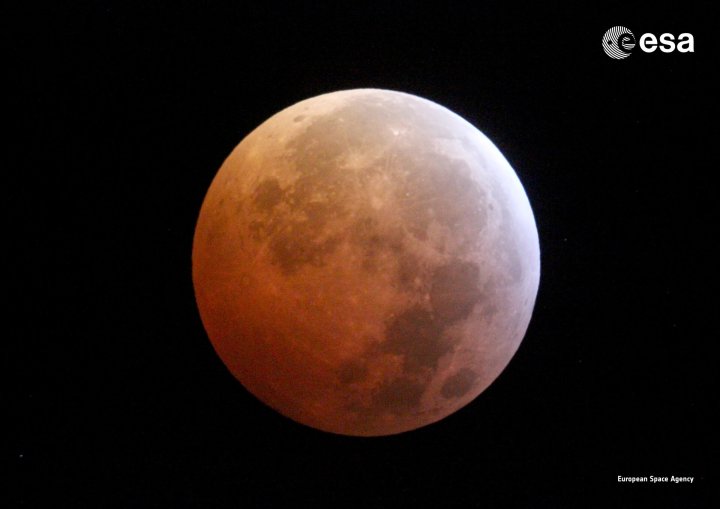
May has been a fun month for stargazers, and it has one more treat to offer up before we move into June: This year’s only total lunar eclipse, when then Earth moves between the sun and the moon and blocks out all direct sunlight. This makes the moon appear a red color, which is where it gets the name blood moon. This happens during an eclipse due to the way light is filtered by Earth’s atmosphere.
The eclipse will be visible from parts of North America, South America, East Asia, and Australia during the early morning of Wednesday, May 26, and you may be able to see the moon’s striking color from these places if the weather is clear.
The totality, or the time at which the moon passes completely into Earth’s shadow, will be visible for around 15 minutes. But what time this occurs depends on where you are in the world. If you’d like to see the event for yourself, hope for a cloudless sky and check out this guide from Sky & Telescope to see when the eclipse event will occur where you are.
A super blood moon
Not only will this be the only total lunar eclipse this year, but it will also be the “most super” of 2021’s supermoons. The moon travels in an elliptical orbit around our planet, and a supermoon happens when the moon is at its closest point to Earth. As the moon is closer, it appears larger in the sky.
It doesn’t often happen that a supermoon and a lunar eclipse happen at the same time, so it’s well worth taking some time out of your day to enjoy this rare spectacle.
How to watch the lunar eclipse online
If you’re not somewhere where you’re able to see the lunar eclipse in person, then you can still follow along by watching the event online. The European Space Agency (ESA) will be airing a live show of the eclipse, including a feed from the Australian space agency CSIRO, with commentary from scientists and engineers who will talk more about the moon and the eclipse.
The ESA livestream, titled Lunch with the Moon, will be broadcast starting at 5:30 a.m. ET (2:30 a.m. PT) on Wednesday, May 26, and will run for three-and-a-half hours. The totality will be shown between 7:11 a.m. ET (4:11 a.m. PT) and 7:25 a.m. ET (4:25 a.m. PT). You can watch it on the ESA’s Web TV page.



